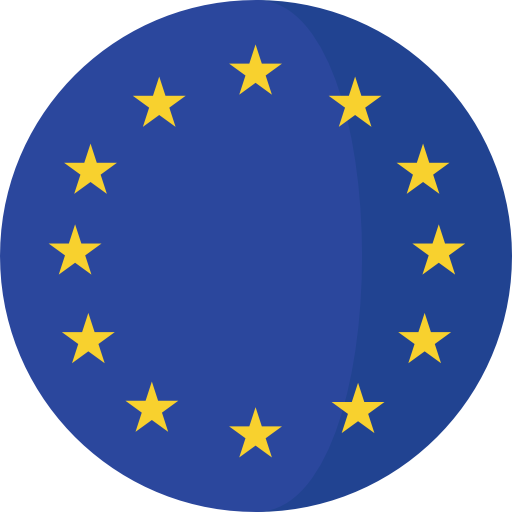Brussels – Belgium ranks among the European countries with the highest concentrations of illicit drug residues in its wastewater, according to the latest findings from the multi-city ‘Wastewater Analysis and Drugs’ study.
The research, which examined samples from 128 cities across 26 countries, highlights significant traces of MDMA, cocaine, amphetamines, and ketamine in Belgium’s urban centers.
The study, conducted between March and May 2024, involved daily wastewater sample analysis from treatment plants serving a population of approximately 68.8 million people.
It assessed the presence of five stimulant drugs—amphetamine, cocaine, methamphetamine, MDMA (ecstasy), and ketamine—as well as cannabis.
Belgium emerged as a country with some of the highest mass loads of MDMA, cocaine, and amphetamines, underscoring concerns about drug consumption trends.
Emerging Drug Trends in Belgium
Methamphetamine, traditionally prevalent in Czechia and Slovakia, has now been detected in Belgian cities, indicating a shift in drug use patterns.
Additionally, ketamine levels in municipal wastewater, though generally low across the 26 participating countries, were still among the highest in Belgium, alongside the Netherlands, Hungary, and Norway.
Cannabis residues in Belgium were found to be at average levels compared to other European nations. The findings highlight the growing prevalence of illicit drug use, with all six substances examined being detected in nearly every participating city.
European Union Drugs Agency (EUDA) Executive Director Alexis Goosdeel emphasized the complexity of the issue: “This year’s study paints a clear picture of a drug problem that is both widespread and complex, with all six substances detected in nearly every location.”
Urban vs. Rural Consumption Patterns
The study also examined drug consumption trends based on urban and rural demographics. While cocaine residues were predominantly found in larger cities, methamphetamine and MDMA were present at similar levels in both urban and smaller towns.
This suggests a shift in drug-use behaviors, with traditionally urban substance consumption patterns extending into smaller municipalities.
For cocaine, ketamine, and MDMA, researchers observed significant increases in residues during weekends, from Friday to Monday, aligning with their association with nightlife and recreational use.
In contrast, amphetamine, cannabis, and methamphetamine residues were more evenly distributed throughout the week, indicating consistent use rather than a primarily social or party-driven pattern.
Implications for Public Health and Policy
Experts suggest that wastewater analysis is becoming an increasingly valuable tool for understanding drug consumption trends and informing public health responses.
The European Monitoring Centre for Drugs and Drug Addiction (EMCDDA) has emphasized the importance of such studies in guiding policy decisions to combat drug-related harm.
With Belgium’s high rankings in drug residue levels, policymakers may need to reevaluate existing strategies to curb illicit drug use.
Increased awareness campaigns, targeted law enforcement actions, and harm reduction programs could be necessary to address the underlying causes of substance abuse.
As drug use patterns continue to evolve, researchers and authorities will be closely monitoring wastewater analysis results in the coming years to assess the effectiveness of interventions and respond to emerging challenges in drug consumption across Belgium and the wider European region.
This article was created using automation technology and was thoroughly edited and fact-checked by one of our editorial staff members
